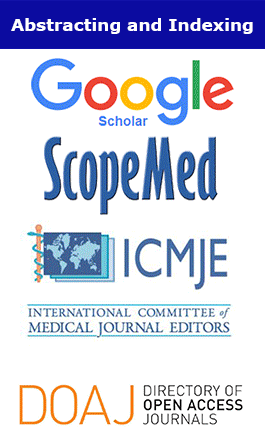Applied Medical Research. 2021;
8(1):(106-161)
Optokinetic Stimulation as a Treatment for Parkinson’s Disease
Quinn Hanses and Anna Rose Wiencek*
Abstract
Background: Parkinson’s disease (PD) is a neurological movement disorder, typically affecting older adults.
It affects both motor and non-motor brain functions, impairing activities of daily living (ADLs). Additionally,
as falling increases with age, PD patients are at a higher risk with an impaired vestibular system. Optokinetic
stimulation, which works by observing moving visual targets to encourage optical scanning, provides a
treatment option to restore balance. Previous studies on optokinetic stimulation have been effective and
successful in stroke patients, reducing sway and normalizing optokinetic nystagmus. The goal is to translate
this idea to PD patients as well.
Objective: Previous research shows optokinetic stimulation effective in stroke patients’ coordination and
gait issues; this same treatment is now applied to PD patients to increase independence and functionality.
Method: We attached data found from previous studies on optokinetic stimulation and how it has shown to
improve vestibular function. The majority of studies involved technology in advanced software on computers.
Results & Conclusion: Optokinetic stimulation is found to be as impactful or more on PD patients compared
to stroke patients. Predicted improved vestibular function in balance, sway, and coordination results from
optokinetic stimulation intervention.

